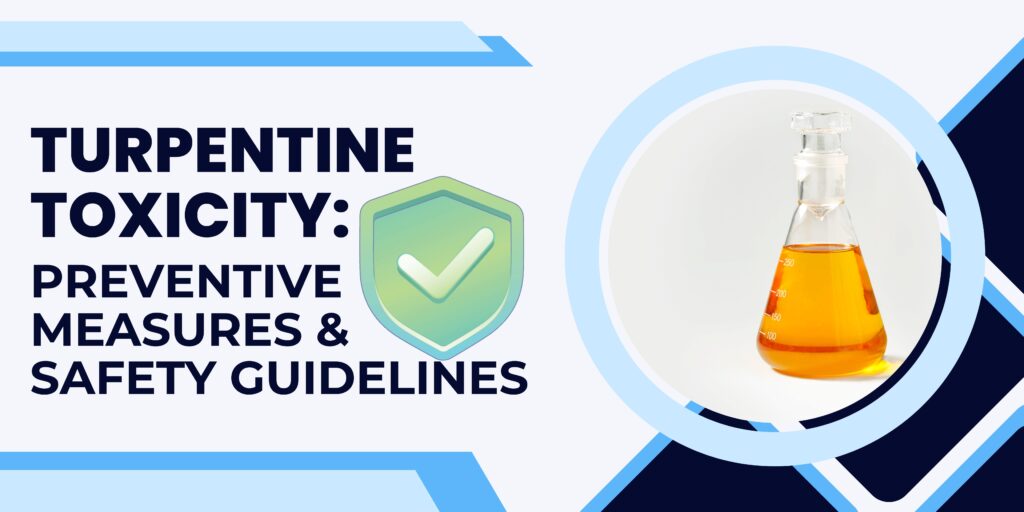
In today’s world, maintaining a clean and well-maintained home is essential. Despite the large selection of cleaning products available in supermarkets and convenience stores, many customers are searching for more natural and sustainable alternatives. Pine tree-derived gum turpentine, which is a safe and effective substitute for many household and cleaning products, has grown in popularity. In this article, we’re going to look into the fascinating world of gum turpentine and explore how it may be used to clean the home while learning about its background, traits, advantages, and practical uses.
The Origins and History of Gum Turpentine
Before delving into the applications of gum turpentine in household products, it’s important to understand its origins and historical significance. Gum turpentine is a natural resin obtained from various species of pine trees, primarily the longleaf pine and slash pine. The process of extracting gum turpentine has been practiced for centuries, dating back to ancient civilizations.
Early Uses of Gum Turpentine
The historical use of gum turpentine was primarily in medicinal and healing practices. It was used topically to treat a variety of ailments, from skin conditions to respiratory issues. The fragrant and aromatic properties of gum turpentine also made it a popular choice in perfumes and cosmetics.
The Chemistry of Gum Turpentine
To understand its cleaning capabilities, it’s crucial to examine the chemical composition of gum turpentine. The primary component of gum turpentine is a group of organic compounds known as terpenes. These terpenes, including alpha-pinene and beta-pinene, are responsible for gum turpentine’s unique properties.
Terpenes in Gum Turpentine
Terpenes are organic compounds found in the essential oils of many plants, giving them their distinct aromas and properties. In gum turpentine, the presence of terpenes contributes to its strong, pleasant scent and its cleaning abilities. Terpenes are known for their natural solvent properties, making them effective in breaking down and removing various stains and residues.Advantages of Gum Turpentine in Cleaning
Gum turpentine offers numerous advantages when used in cleaning and household products:
- Biodegradability: Considering that gum turpentine is a renewable resource, compared to many synthetic cleaning products, it is an environmentally friendly option.
- Strong Solvent: Gum turpentine’s terpenes make it a powerful natural solvent for a variety of materials, such as grease, oil, and adhesive residues.
- Some of the terpenes in gum turpentine have natural antibacterial characteristics that aid in cleaning and sanitizing surfaces.
- Pleasant Aroma: After cleaning, your home will have a lovely, natural smell thanks to its fresh, pine-like scent.
Practical Uses of Gum Turpentine in Household Cleaning
Now, let’s explore some practical applications of gum turpentine in household cleaning:
Natural All-Purpose Cleaner
Gum turpentine can be mixed with water to create an all-purpose cleaning solution. It effectively removes dirt, grime, and stains from various surfaces, including countertops, floors, and appliances.
Gum Turpentine-Based Stain Remover
Stubborn stains on clothing or fabric can be a challenge, but gum turpentine can be a powerful ally. It’s particularly effective in removing grease, oil, and adhesive residues from clothing.
Furniture Polish
Gum turpentine can be blended with other natural ingredients like beeswax and olive oil to create a natural furniture polish. This not only cleans your furniture but also provides a protective shine.
Gum Turpentine in Floor Cleaners
For hardwood and tile floors, gum turpentine can be incorporated into homemade floor cleaners. It effectively removes dirt and leaves a natural shine without the use of harsh chemicals.
Deodorizing and Disinfecting Agent
The antimicrobial properties of gum turpentine make it an excellent choice for disinfecting surfaces. It also helps in eliminating odors, leaving your home smelling fresh and clean.
Safety Considerations
While gum turpentine is a natural and versatile cleaning agent, it’s essential to use it safely. Here are some precautions to keep in mind:
- Ventilation: Ensure proper ventilation when using gum turpentine to avoid inhaling the fumes.
- Skin Contact: Use gloves to protect your hands from direct contact with gum turpentine.
- Test Surfaces: Before using gum turpentine on a new surface, perform a spot test to check for any adverse reactions.
- Keep Out of Reach: Store gum turpentine out of the reach of children and pets.
Conclusion
Pine tree-derived gum turpentine has a long history of use in a variety of products, including cleaning and home goods. It is a useful addition to your cleaning arsenal because of its all-natural and environmentally friendly qualities as well as how well it removes stains, filth, and odors. Gum turpentine’s use in household cleaning is growing in popularity as more people look for environmentally friendly alternatives to conventional cleaning products. Adopting gum turpentine will help you keep your home fresh and clean while also making a positive impact on the environment.




